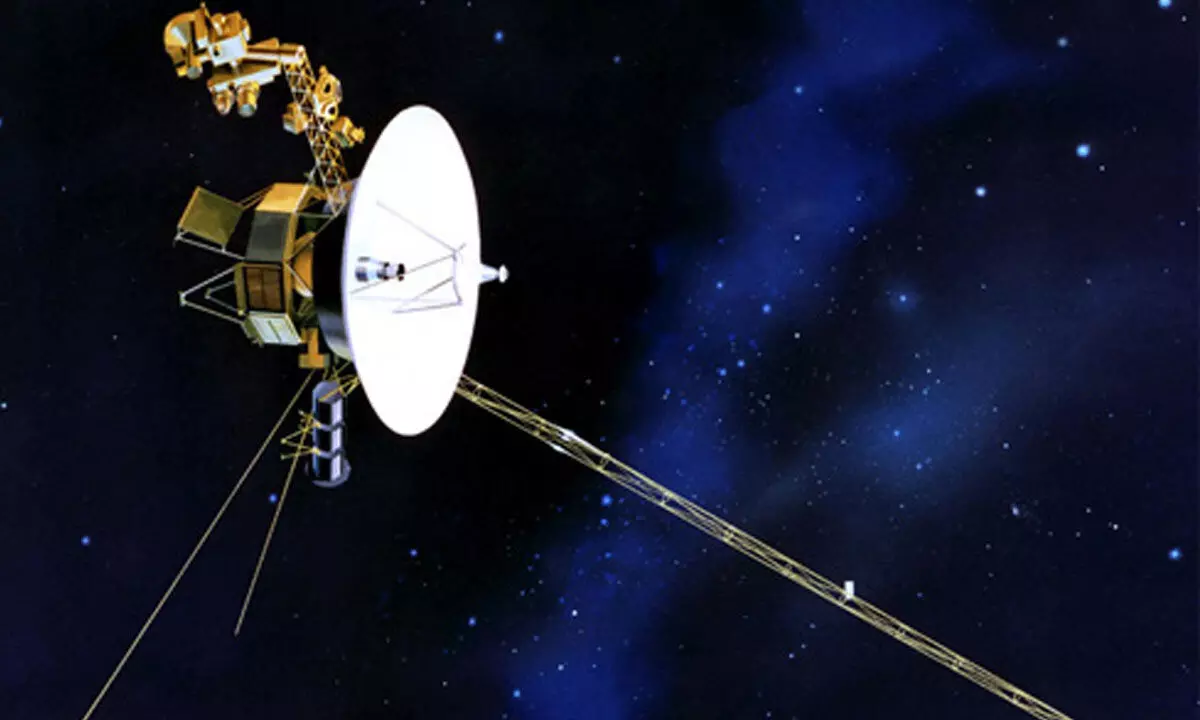First man-made object to cross the central Solar System

First man-made object to cross the central Solar System
Pioneer 10 became the first man-made object to cross the central Solar System after crossing Neptune which at the time was the farthest planet from the Sun.
June 13, 1983: Pioneer 10 became the first man-made object to cross the central Solar System after crossing Neptune which at the time was the farthest planet from the Sun. Pioneer 10 (originally designated Pioneer F) is a NASA space probe launched in 1972 that completed the first mission to the planet Jupiter. Pioneer 10 became the first of five artificial objects to achieve the escape velocity needed to leave the Solar System. This space exploration project was conducted by the NASA Ames Research Center in California. The space probe was manufactured by TRW Inc.
Pioneer 10 was assembled around a hexagonal bus with a 2.74-meter (9 ft 0 in) diameter parabolic dish high-gain antenna, and the spacecraft was spin stabilized around the axis of the antenna. Its electric power was supplied by four radioisotope thermoelectric generators that provided a combined 155 watts at launch.
















